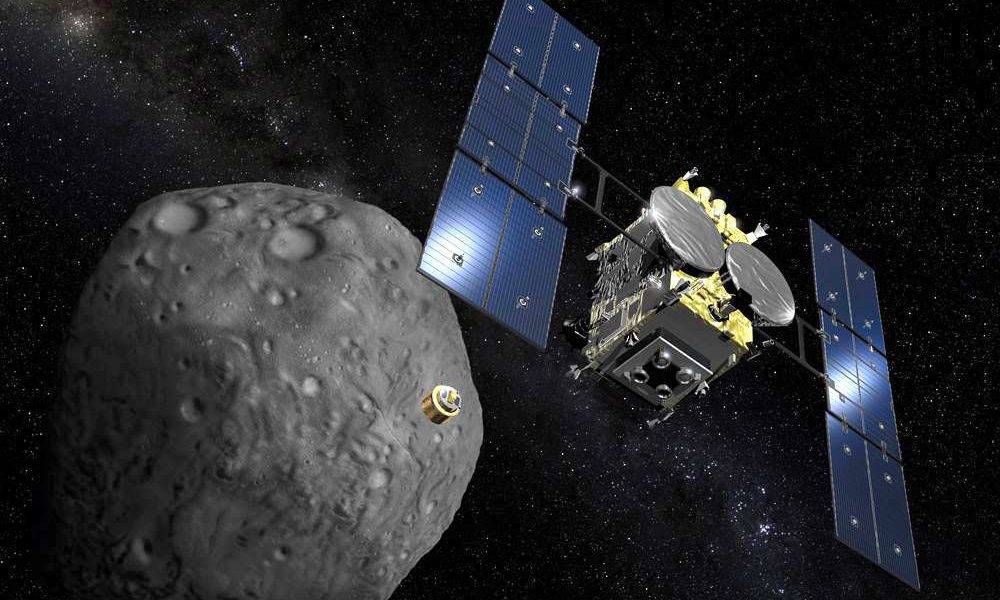


Samples collected from asteroid Ryugu by Hayabusa2 contain RNA base uracil and remnants of liquid water — shedding light on the origins of life.
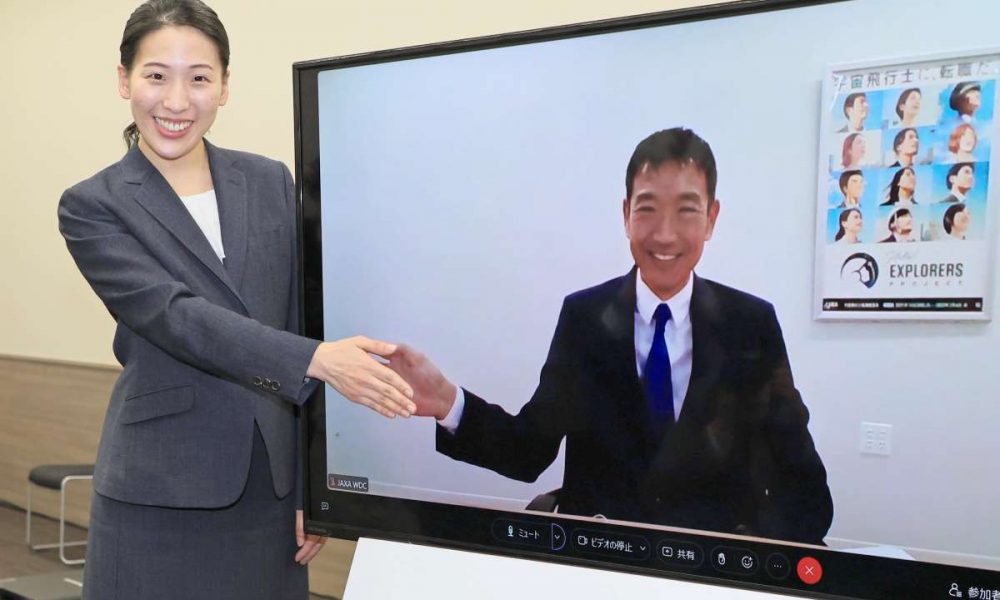


JAXA should make the recruitment intervals for new astronauts in its manned space exploration program shorter and more regular.



The H3 rocket being developed by JAXA and Mitsubishi Heavy Industries is at the frontier of commercially available space technology.
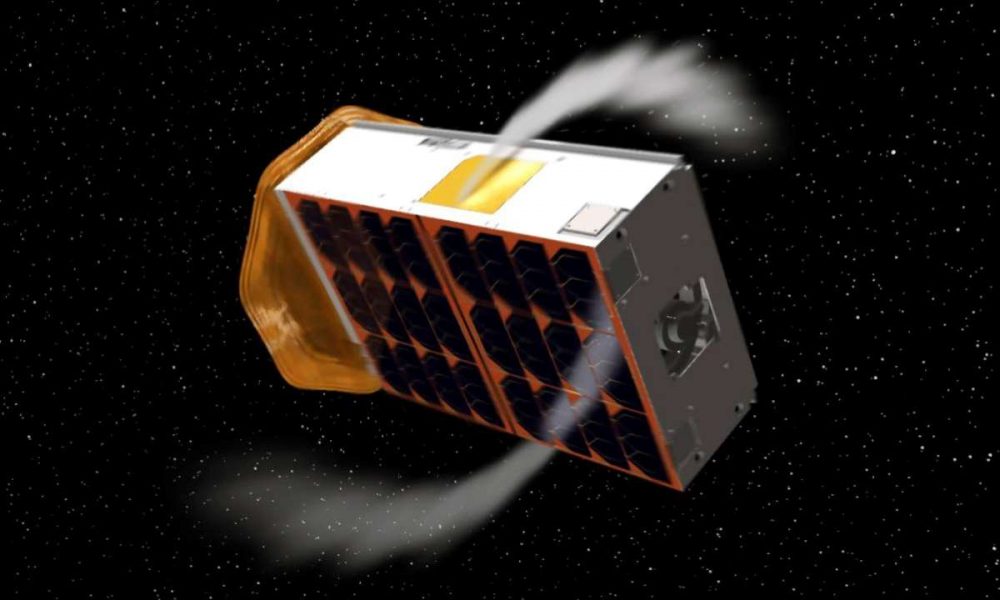
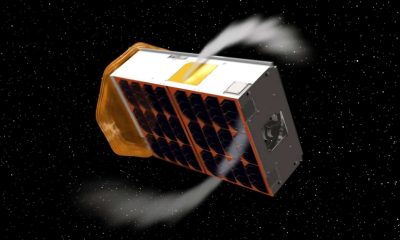

Despite its failure, OMOTENASHI has provided a valuable experience for young researchers and will serve as a foundation for Japan's future space development.
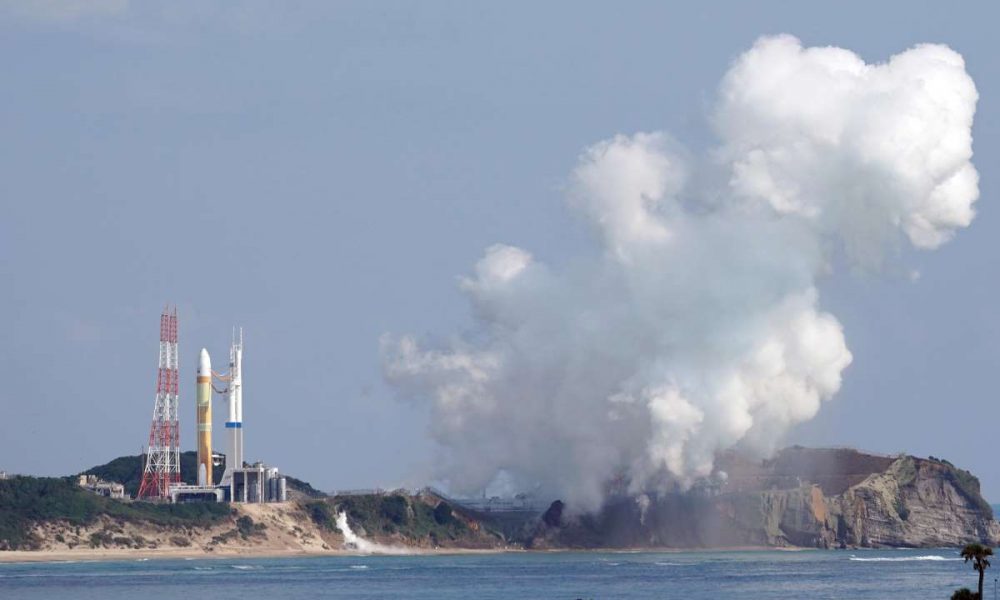
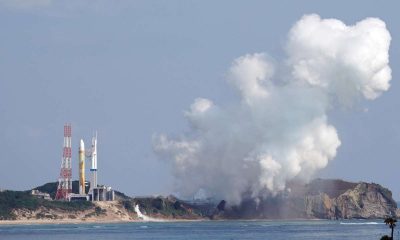

But, before that, a thorough investigation into what caused the last-minute glitch of the H3 rocket must be conducted by JAXA.
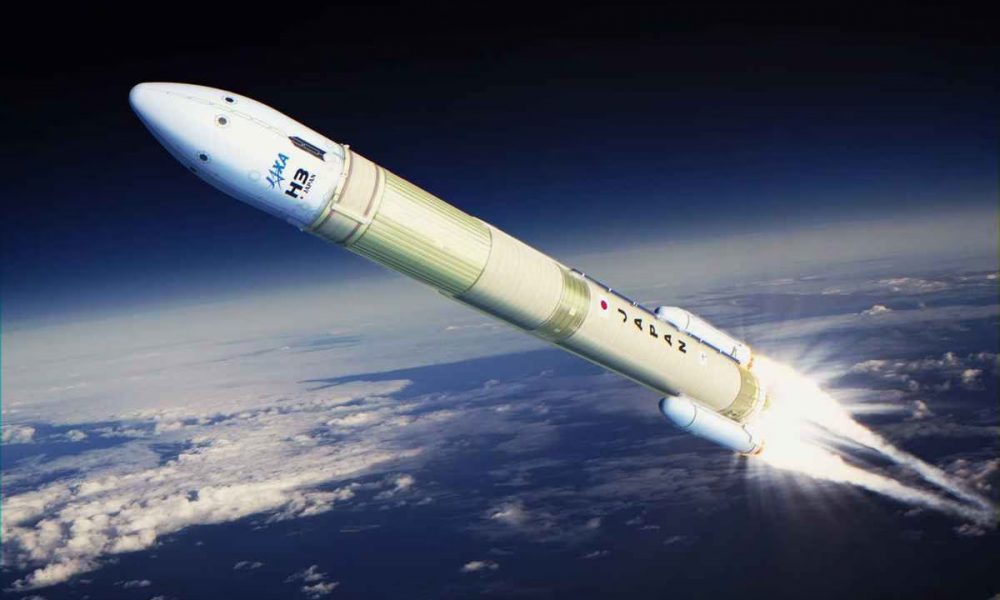
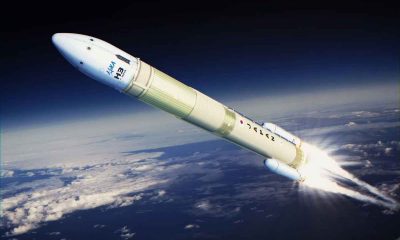

With a revolutionary design concept based on cost-efficiency, JAXA's H3 rocket aims to bring Japan to the forefront of the growing global space industry.

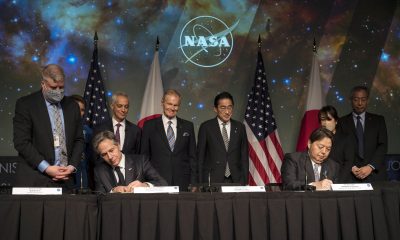

Fumio Kishida finished his tour of G7 countries with a colorful climax at the headquarters of the space mission, despite President Biden's domestic problems.
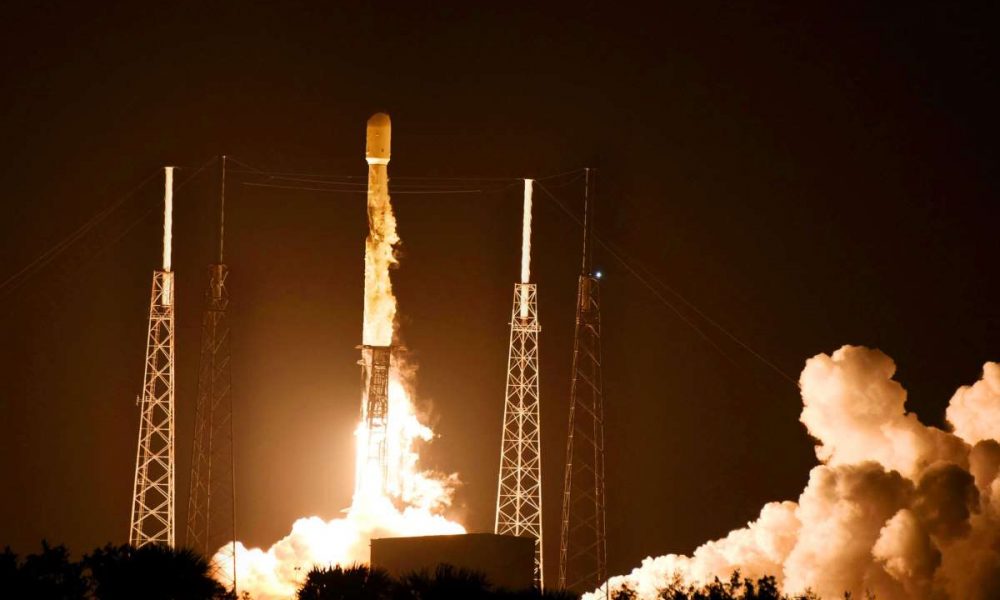
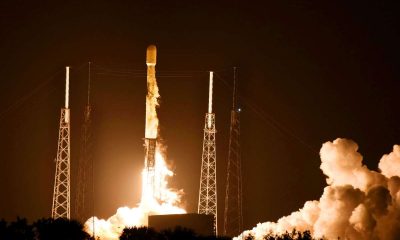

If the mission succeeds, HAKUTO-R will become the first commercial lunar lander from not just Japan, but indeed the entire world, to land on the moon's...

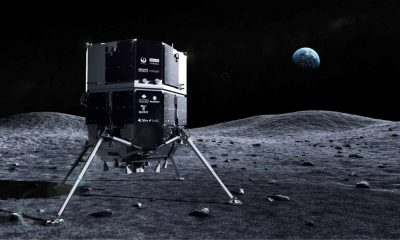

Japan's ispace aims for the moon with a radical concept: to establish a lunar courier service. Its spacecraft might become Japan's first to land on the...
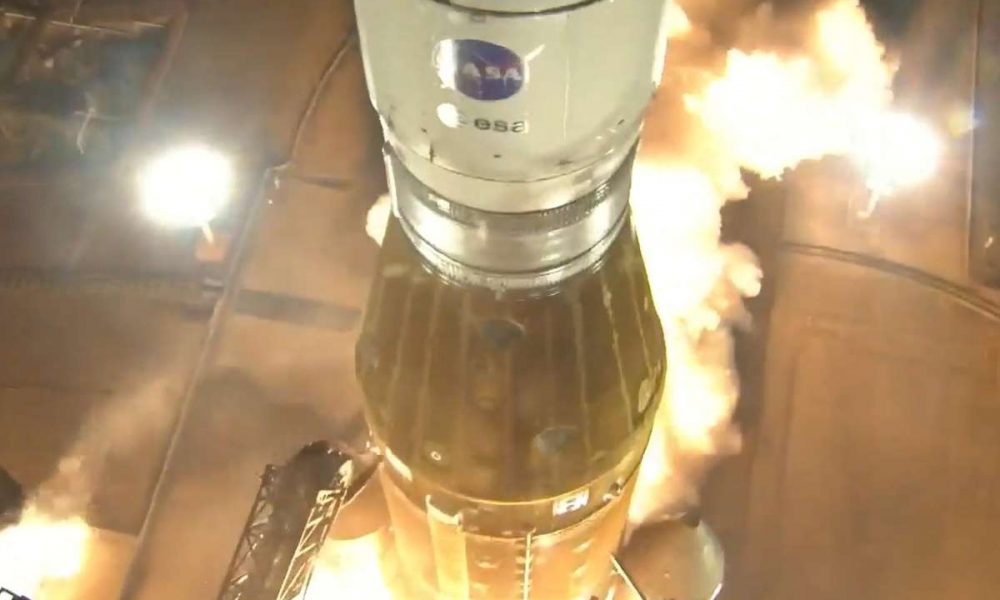
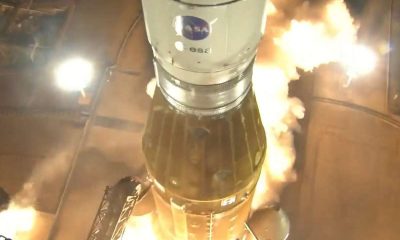

OMOTENASHI failed, but the Japan Aerospace Exploration Agency has a history of turning initial failures into ultimate successes. Remember the Hayabusa2.
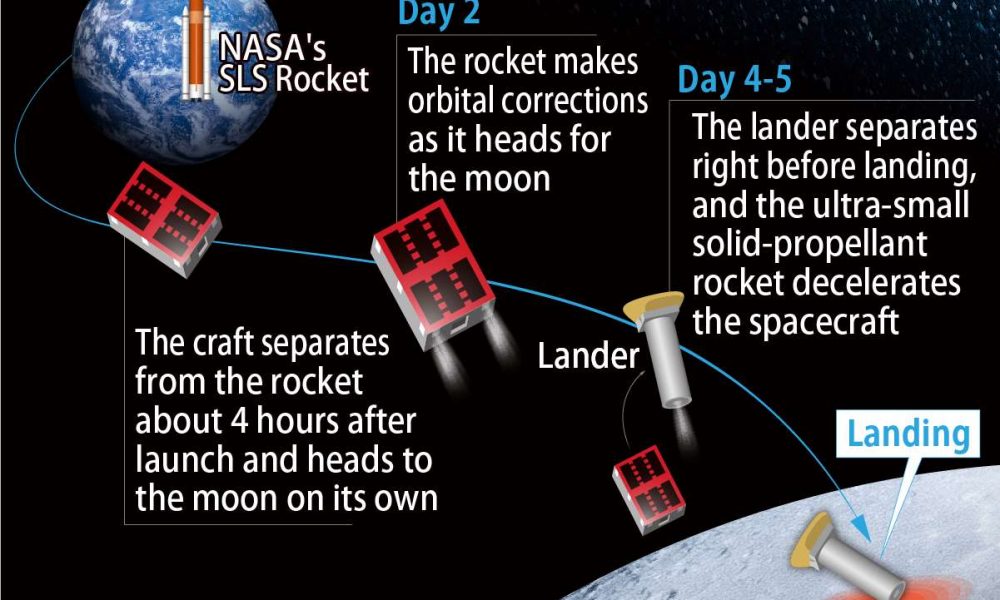


The world's smallest spacecraft, OMOTENASHI, is packed with the dreams and technology of researchers who have persisted in aiming for the moon.
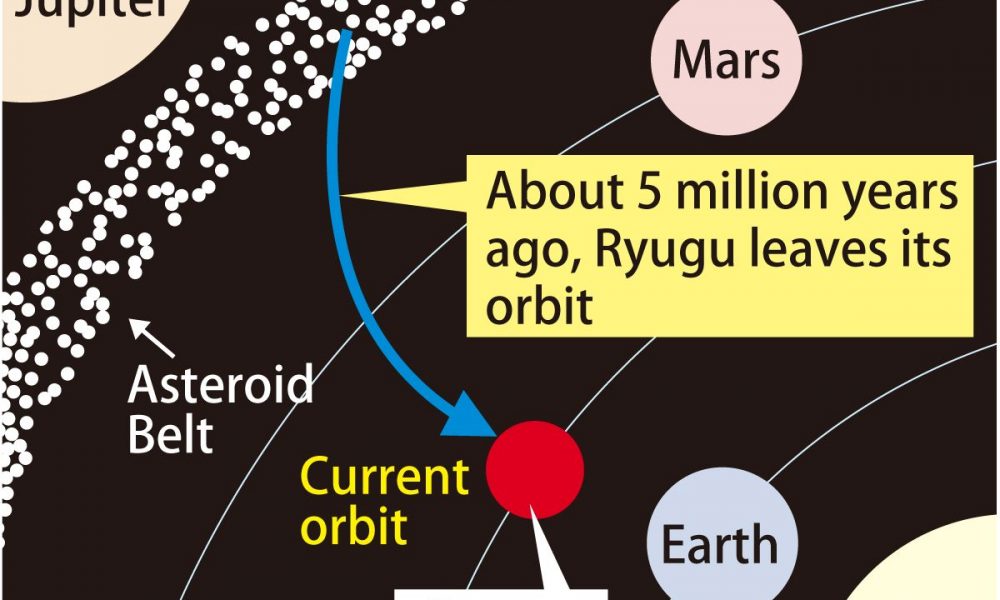
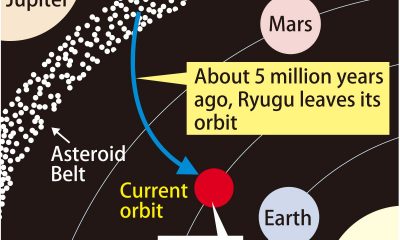

Samples from Ryugu sent back to earth by Hayabusa2 have led to startling discoveries about the power of cosmic rays and the makeup of asteroids.